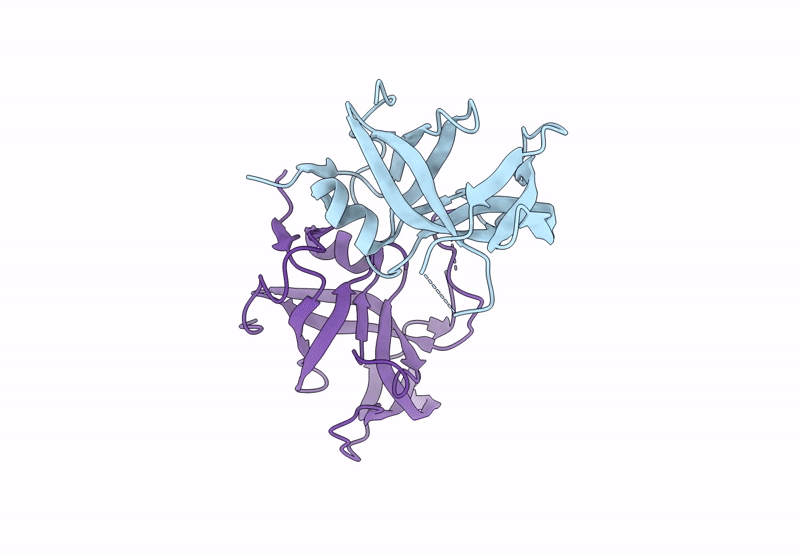
Deposition Date
2024-07-16
Release Date
2025-04-09
Last Version Date
2025-04-16
Entry Detail
PDB ID:
9G59
Keywords:
Title:
Pseudomonas aeruginosa periplasmic aspartic peptidase PA0462 (RloA2)
Biological Source:
Source Organism:
Pseudomonas aeruginosa PAO1 (Taxon ID: 208964)
Host Organism:
Method Details:
Experimental Method:
Resolution:
2.40 Å
R-Value Free:
0.24
R-Value Work:
0.21
R-Value Observed:
0.22
Space Group:
P 32 2 1


